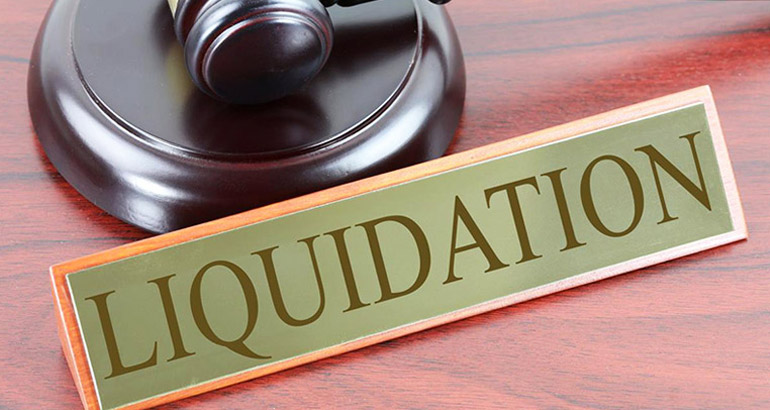Voluntary Liquidation Procedure in UAE
Voluntary Liquidation will happen once the owner of a company decides that the company has no reason to continue running. The objective of voluntary Liquidation in UAE is to terminate the UAE company’s operations, wind up its financial happenings, and dismantle the corporate structure in a legal manner while paying back the creditors based on their assigned priority.
What causes a Company to go into Voluntary Liquidation?
The following are the causes when a company goes into Voluntary Liquidation.
- Poor Functioning of Business: when a company does not function properly, the shareholders may decide to voluntarily wind up the company.
- Restructuring and Transferring Assets to another Company: Restructuring and transferring of assets may occur in exchange for an equity stake or ownership in the acquiring company.
- Limited Period: Voluntary liquidations are also approved as the liquidating company was only set out to exist for a small amount of time or for an important purpose that has been met.
- The Exit of Key Member: Voluntary Liquidation happens if a key member of an organization vacates the company, and the shareholders’ plan not to continue operations.
Process of Voluntary Liquidation in UAE
Let us discuss the process of voluntary Liquidation in UAE in detail.
1. Determine the Type of Liquidation
- Members Voluntary Liquidation: It is a process that allows shareholders to appoint a Liquidator to legally close down a solvent company. It can only take place if the company’s directors make a formal declaration for voluntary Liquidation.
- Creditors Voluntary Liquidation: If the company becomes insolvent, the liquidator will declare a meeting of creditors, and the liquidation is creditors’ voluntary liquidation.
A Creditors’ Voluntary Liquidation is the liquidation process of a company that cannot pay its debts as they are due. The company liquidation process is started by the company’s directors, where the company’s liabilities surpass its assets and is insolvent. When the company directors discover that the company does not have a fair prospect of survival, they are compelled by the Company’s Act to force the company into Liquidation.
The company can appoint an authorized person as a liquidator. The liquidator can call a meeting of creditors to talk about the financial details of the company.
2. Directors of the company to agree
After having determined the type of Liquidation, the company’s directors must give their consent that the company is suitable to be liquidated or not.
3. Declaration of solvency
The directors have to submit the declaration of solvency with the registrar.
4. Special Resolution
After the directors have stated the company solvent, then the company’s managing shareholder will pass a Special Resolution for the company’s Liquidation.
5. Liquidator’s Consent
The liquidator has to sign a consent form informing the registrar of the appointment.
6. Settlement of Claims
All the invoices and claims that are submitted to a Liquidator will be checked for authenticity. The liquidator will operate with the company’s several service providers to assess whether the submitted claim is genuine or not
7. Final Meeting
The company’s liquidator will conduct a final meeting and hand over all necessary documents and confirmation for the liquidation process.
Voluntary Liquidation of your company may be a very complicated process. Hence, it is better for you to take the guidance of JAXA. In that case, you can always take the help of JAXA. We will also assist you in establishing another company and provide you with all the necessary services so that you don’t face any problems in the future.
Contact us – we will be glad to help you.





